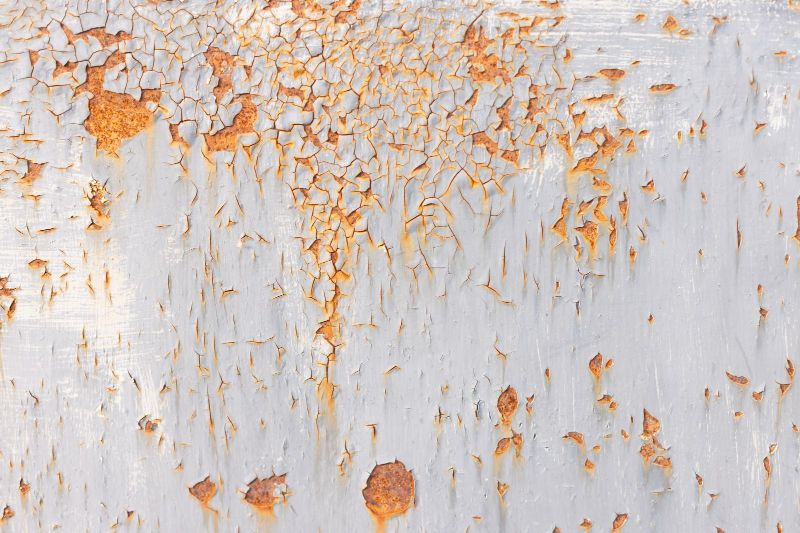Flooding events pose significant challenges to infrastructure, and one of the most pressing concerns in the aftermath is corrosion. Water exposure can accelerate the corrosion process in various materials, jeopardizing the structural integrity of buildings, bridges, and other critical assets. In this article, we will explore effective corrosion control strategies for post-flood restoration to mitigate long-term damage and ensure the resilience of affected structures.
Understanding the Corrosion Mechanism
Corrosion is a complex electrochemical process influenced by environmental factors such as moisture, temperature, and the presence of corrosive agents. In flood-affected areas, the combination of water, silt, and other contaminants can create an ideal environment for corrosion to thrive. It is crucial to comprehend the corrosion mechanism to develop targeted strategies for restoration.
Immediate Inspection and Assessment
After a flooding event, conducting a thorough inspection of the affected structures is paramount. Identify areas that have been submerged, paying close attention to materials such as steel, iron, and concrete. Assess the extent of damage and prioritize areas that require immediate attention. Early detection is key to implementing timely and effective corrosion control measures.
Dehumidification and Drying
The first step in corrosion control is to eliminate excess moisture. Dehumidification and drying techniques should be employed promptly to prevent prolonged exposure of materials to water. High-efficiency dehumidifiers can extract moisture from the air, accelerating the drying process and minimizing the risk of corrosion. Ventilation and proper air circulation are essential components of this strategy.
Cleaning and Surface Preparation
Floodwaters often introduce a variety of contaminants that can exacerbate corrosion. Thorough cleaning of surfaces is essential to remove debris, mud, and other pollutants. High-pressure washing, abrasive blasting, or chemical cleaning methods may be employed depending on the nature of the materials. Once surfaces are clean, proper preparation for corrosion-resistant coatings or inhibitors is the next critical step.
Corrosion-Resistant Coatings
Applying corrosion-resistant coatings is a fundamental strategy to protect structures from the corrosive effects of floodwaters. Epoxy, polyurethane, and zinc-rich coatings are commonly used to create a barrier between the material and the surrounding environment. The selection of the appropriate coating depends on the material being protected and the specific conditions of the site. Regular inspection and maintenance of these coatings are necessary for long-term efficacy.
Cathodic Protection
Cathodic protection is an electrochemical technique used to control corrosion on metal surfaces. It involves the installation of sacrificial anodes or impressed current systems to prevent the corrosion of the underlying material. In post-flood restoration, cathodic protection can be a proactive measure to safeguard critical infrastructure elements, particularly in submerged or high-moisture areas.
Corrosion Inhibitors
Chemical corrosion inhibitors can be applied to slow down or inhibit the corrosion process. These inhibitors create a protective film on the metal surface, reducing its susceptibility to corrosive elements. The choice of inhibitor depends on the material and environmental conditions. Regular monitoring and reapplication may be necessary, especially in areas prone to frequent flooding.
Long-Term Maintenance and Monitoring
Corrosion control is an ongoing process, and long-term maintenance and monitoring are crucial for sustaining the effectiveness of applied strategies. Implementing a comprehensive corrosion management plan that includes regular inspections, maintenance of protective coatings, and monitoring corrosion rates ensures the continued integrity of structures in flood-prone areas.
Corrosion control strategies for post-flood restoration are vital for preserving the integrity of infrastructure and preventing long-term damage. Immediate inspection, dehumidification, corrosion-resistant coatings, cathodic protection, and corrosion inhibitors are essential components of a comprehensive approach. By understanding the corrosion mechanism and implementing proactive measures, communities can build resilience against the destructive impact of flooding events, ensuring the longevity of their critical assets.

